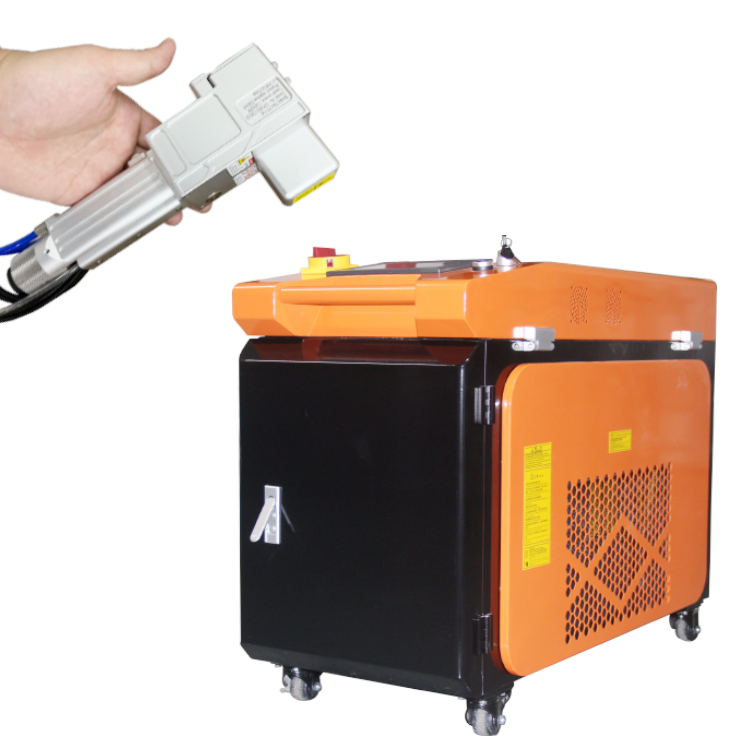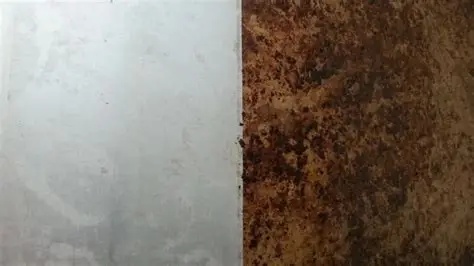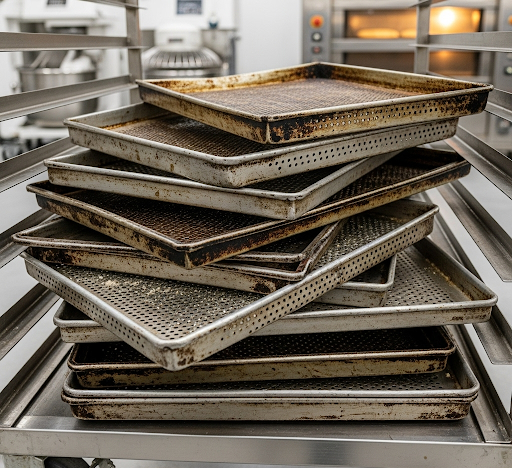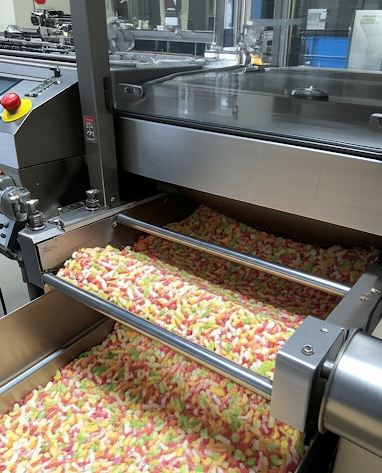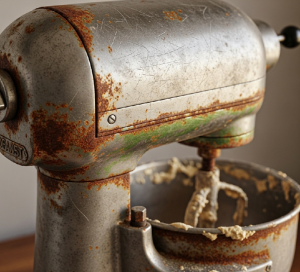In food production, equipment sanitation requires both precision and efficiency. While traditional cleaning methods often involve direct contact or chemical agents, laser cleaning operates as a non-contact, chemical-free process to remove contaminants from surfaces.
This guide will explore the specific applications of laser cleaning, from degreasing and carbide removal to de-geling, rust and oxide removal, and how this technology effectively addresses the most common cleaning problems in food production.
Why Laser Cleaning is a Smart Choice for Food Production
Before we dive into the specific applications, let’s understand why this technology is a better choice compared to outdated cleaning methods. Many traditional techniques, such as sandblasting and chemical baths, have significant drawbacks that impact food safety, operational costs, and worker well-being.
Non-Contact and Non-Abrasive: A laser cleaning machine removes contaminants with a focused laser beam, a non-contact method that eliminates the mechanical friction and pressure of abrasive techniques like sandblasting. This prevents wear and tear, preserving the integrity of the cleaned equipment.
Eco-Friendly and Safe: Using a laser cleaning system eliminates the need for chemical solvents and other consumables. This not only makes the process more environmentally friendly by producing no toxic waste but also significantly reduces costs. The absence of hazardous materials also creates a safer work environment for employees, as they are not exposed to harsh chemicals or fumes.
Precise and Controlled: The laser’s power, frequency, and pulse duration are finely tuned to ensure only the contaminant layer is removed. This precise control prevents any damage to the underlying material, making it ideal for cleaning delicate equipment like molds and baking trays where surface integrity is critical.
Effective Sanitization: The laser’s intense heat not only cleans visible dirt but also provides a powerful antibacterial effect. This thermal action effectively eliminates bacteria and microorganisms, preventing the formation of biofilms and enhancing food safety.
Key Applications of a Laser Cleaning Machine in Food Production
The versatility of laser cleaning machine technology allows it to address a wide range of cleaning problems that are specific to the food industry.
1. Effortless Degreasing and Oil Stain Removal
Grease and oil are pervasive in many food production environments. These residues, if not thoroughly removed, can impact food quality and taste, and even pose a safety hazard. Laser cleaning machines are highly effective at removing grease and oil from a variety of surfaces.
Frying & Catering: It excels at cleaning fryers, ventilation ducts, walls, and floors in fast-food and catering environments, effortlessly removing stubborn grease and built-up residue.
Dairy Production: Laser cleaning maintains mixers, filling equipment, and conveyors used for producing cream, cheese, and other dairy products by sanitizing surfaces and removing buildup that can harbor bacteria.
2. Removing Stubborn Carbides and Baked-on Residues
High-temperature cooking and baking processes lead to the formation of charred residues, or carbides, which can compromise food safety and machine life. Laser cleaning effectively vaporizes these stubborn residues.
Baking Industry: It efficiently removes carbonized flour, sugar, and butter from baking trays and molds, restoring them to their original condition without damaging the surface. This extends the life of the equipment and ensures a clean surface for consistent baking results.
Fast Food: This technology is ideal for maintaining grills, ovens, and exhaust pipes. It quickly and effectively removes the heavy grease and carbon buildup that results from frequent high-temperature cooking, which is a common challenge in fast-food environments.
3. Eliminating Sticky Gel Deposits
Viscous substances like sugars and proteins can build up on equipment, especially in pipelines and filling machinery. This can disrupt the production line and compromise hygiene.
Beverage & Dairy: It efficiently removes thick gel layers from filling equipment, ensuring a smooth and sanitary production line. This is crucial for maintaining product quality and preventing contamination in beverage and dairy processing.
Confectionery: This technology is ideal for cleaning equipment used for processing sticky sweets and syrups. It effectively removes hardened sugar and residue that can be difficult to clean with traditional methods, ensuring a clean surface for the next batch.
4. Eradicating Oxides and Rust on Metal Equipment
Frequent contact with liquids and high humidity causes metal equipment to rust and oxidize. This poses a significant risk of contamination to food products.
Alcohol Production: It efficiently cleans large metal fermentation tanks and storage containers. This process is crucial for preventing contamination and extending the life of the equipment by removing residue and sanitizing surfaces without causing damage.
General Processing: This technology is ideal for removing rust and oxidation from the metal surfaces of mixers, conveyors, and other machinery. Maintaining these surfaces is essential for preserving the integrity of the equipment and ensuring a high standard of hygiene in the production facility.
Comparison: Laser Cleaning vs. Traditional Methods
To put the advantages into perspective, let’s compare laser cleaning with a few common traditional methods.
|
Feature |
Laser Cleaning |
Sandblasting |
Chemical Cleaning |
|
Contact |
Non-contact |
Abrasive |
Chemical contact |
|
Environmental Impact |
No chemical/abrasive media used. Generates airborne particulates that require fume extraction. |
Creates dust, requires disposal |
Creates toxic waste |
|
Equipment Damage |
No substrate damage when properly calibrated; incorrect settings can cause pitting or thermal effects. |
Causes wear and tear |
Can cause corrosion |
|
Efficiency |
Fast, can be automated |
Slow, labor-intensive |
Slow, requires drying time |
|
Hygiene |
Sanitizes and removes biofilms |
Can leave residue |
Risk of chemical contamination |
As you can see, laser cleaning provides a comprehensive solution that addresses the shortcomings of other methods, ensuring a higher level of safety and operational efficiency.
Is a Laser Cleaning Machine Right for Your Facility?
The integration of a laser cleaning machine into food processing is a strategic move for businesses aiming to reduce labor intensity, minimize safety risks, and meet stringent environmental and quality standards. Its ability to provide a thorough, precise, and efficient clean without damaging equipment makes it an ideal solution.
For businesses looking to improve their cleaning protocols and see this technology in action, contact us today for a consultation or a demo.
Post time: Aug-15-2025






